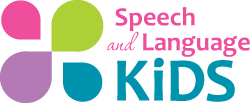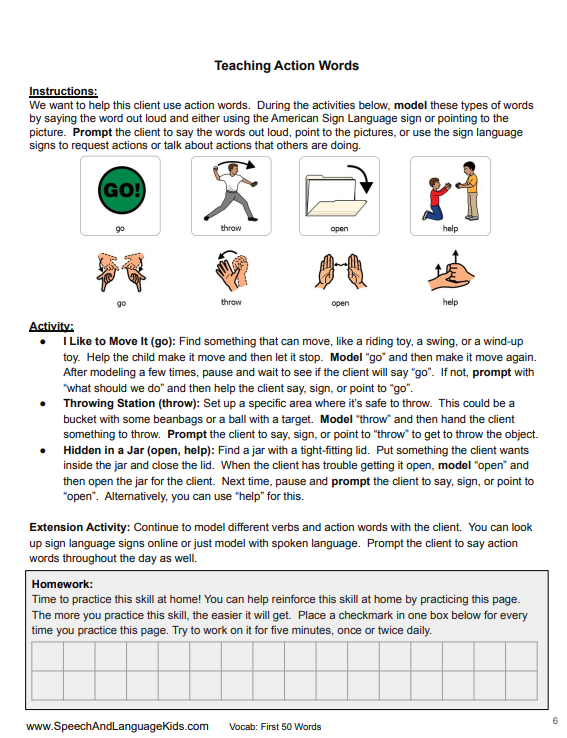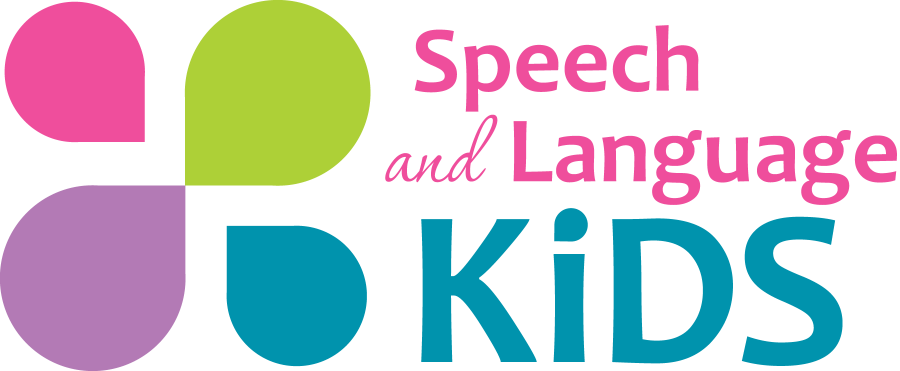Sign Language Activities for Late Talkers
When a child is late to talk, sign language can bridge the gap.
Having a backup method of communicating (with their hands) can help reduce frustration until their mouth catches up.
On this page, we’ll show you some ways that you can use sign language to support communication for late talkers. We’ll also show you how you can use the sign language from our First Words Curriculum to get them talking!
Is it Helpful to Use Sign Language with Young Children?
Research has shown that teaching sign language to young children is beneficial to all children, whether they have speech and language delays or not. Let me first discuss why it’s a good idea, and then I will go into how to do it.
Is Sign Language Helpful for Children with Language Delays?
- According to a research review by Millar and Light, the current research provides evidence that using alternative communication means (such as sign language) does not prevent children with developmental disabilities from talking and may actually support their ability to speak.
- Millar and Light also found that using alternative communication (such as sign language) can help older children learn to communicate as well as younger children.
- A Study by Capirici, Cattani, et. al. found that learning sign language could actually improve cognition (intelligence) in typically-developing, hearing children.
Will Using Sign Language Prevent a Child from Speaking?
This means that teaching baby sign language with your child will help him develop his language skills and it will not prevent him from speaking. When a child uses sign language, they are able to develop their language system even before they are able to speak. This actually gives them a head start on communicating until their mouth and speech system can catch up. This means that typical children as young as 9 months can begin communicating and learning language, a whole three months before children who must rely on their ability to speak to communicate (typically begins at 12 months).
As for children with speech and language delays, using sign language will allow them to begin communicating before they are able to speak as well. For some children, this is the push they need to begin speaking. This is often true for children with autism. Once these children learn the power of communication (through the use of signs), they often are more motivated to communicate through speech since they now realize what will happen when they communicate.
What Sign Language Signs Should I Use with Children and Late Talkers?
How to Use Sign Language to Help Children Communicate:
Teaching Vocabulary:
You can use these sign language to teach your child a new word. Choose one sign each time you work with your child. Get out the object that represents that word or if it is an action word, get out several objects that you can use to perform that action. Play with that object with your child and say/sign the word many times for your child. Encourage your child to imitate your word or sign the object or action to request it.
Expressive Vocabulary:
Ask your child “what is this?” when showing him a picture of an object or “what is she doing?” for pictures of actions. Help your child say or sign what they see in the picture.
Model Words Throughout the Day:
Sign common words as they come up throughout the day. Learn a few each week and then as you say those words, do the sign at the same time. You don’t have to sign every word you say, but pick a few that you think will be most helpful for your child to know.
Use Signs When Giving Choices:
If you’re giving your child a choice on something (what to eat, what to wear, etc.), tell them both choices while also doing the sign language signs for each one. See if they will repeat those signs back to you as they choose.
A Structured Program for Teaching First Words:

About the Author: Carrie Clark, MA CCC-SLP
Hi, I’m Carrie! I’m a speech-language pathologist from Columbia, Missouri, USA. I’ve worked with children and teenagers of all ages in schools, preschools, and even my own private practice. I love digging through the research on speech and language topics and breaking it down into step-by-step plans for my followers.
Connect with Me:




Good morning Carrie, thank you for this valuable info. I have tried to learn sign language on the computer but what you have here is remarkable. My daughter is 7 and does not speak. She only knows the sign for more and she uses that for everything. eg. more food, to show me something, for me to move. I am sure this will help us with the right communication.
Wonderful! I’m glad this will help you! I have seen so many kids get stuck on “more” and try to use it for everything. With those kids that really are just using it for everything, I usually try to teach them the signs for the specific things they are asking for and then I stop accepting “more” when they sign it. I make them use the sign for the object or action they want. Good luck!
So pleased I found your page! My granddaughter is 4, has CHARGE Syndrome, and a Trach so non-verbal. We are teaching her ASL but the only guidance I’ve received is “just keep repeating”. Pleased to have your list of 60, many of which she knows but we have neglected the relational words. Wonderful to have direction for next words!
Thank you!
Are these signs ASL?
I liked that you pointed out that flash cards can be good for learning sign language. I also like that you pointed out that it would be smart to have repetitive cards. My nephew has a friend that is death and he wants to learn how to sign. So this is good for us to know.
deaf*
Thank you Carrie for these flash cards. I was wondering if you had more that I can print and use. I work with a student who is deaf and autistic, it is very difficult to find good quality material. The real life people and actual objects are great! Thank you once again.
Hi, Nancy-
Here is a link to all free flashcards on our site. 🙂
~Kena
Thank you very much
You are very welcome, Aileen. Please let us know if you need anything else.
hi. my name is yamna .living in pakistan with my speech delayed child. and now adays all therapy centre are closed.. because of corona virus. staying home from 2 months. my son is 4.5 years old.. help me out with some ideas and tils
Hi, Yamna-
I did a quick search on Carrie’s site and found this link for Speech Delays: https://www.speechandlanguagekids.com/?s=speech+delay.
Hi there!
The link to download the cards is not working for me. It’s saying the page is not found. Could you possibly send these cards to me directly by email? My email is courtneygriffin093@gmail.com. I would greatly appreciate it!!
I wanted to also just thank you for all that you do for the SLP community! I really enjoy listening to your podcasts and have put the materials you’ve shared to use many times!
Hi, Courtney-We’ve emailed you a copy of the requested resources. Please let us know if you need anything else.
Hi there!
I was assigned to work with a deaf student on a presentation after 6 months, I know we might not even stay in touch after that but it was hard to get mad when we misunderstood each other just because I couldn’t understand him and I don’t want to exchange partners because I don’t want him to feel bad about himself, he was a really nice and easy-going guy.
Anyway, the thing is the link to download the cards is not working for me, saying something about the page not found on the site. It would be cool if you could maybe email me those cards through my email? That is if it’s fine with you.
Hi, Chord- Please check your inbox when you get a chance, as we’ve emailed a copy of the Sign Language Flash Cards to you.